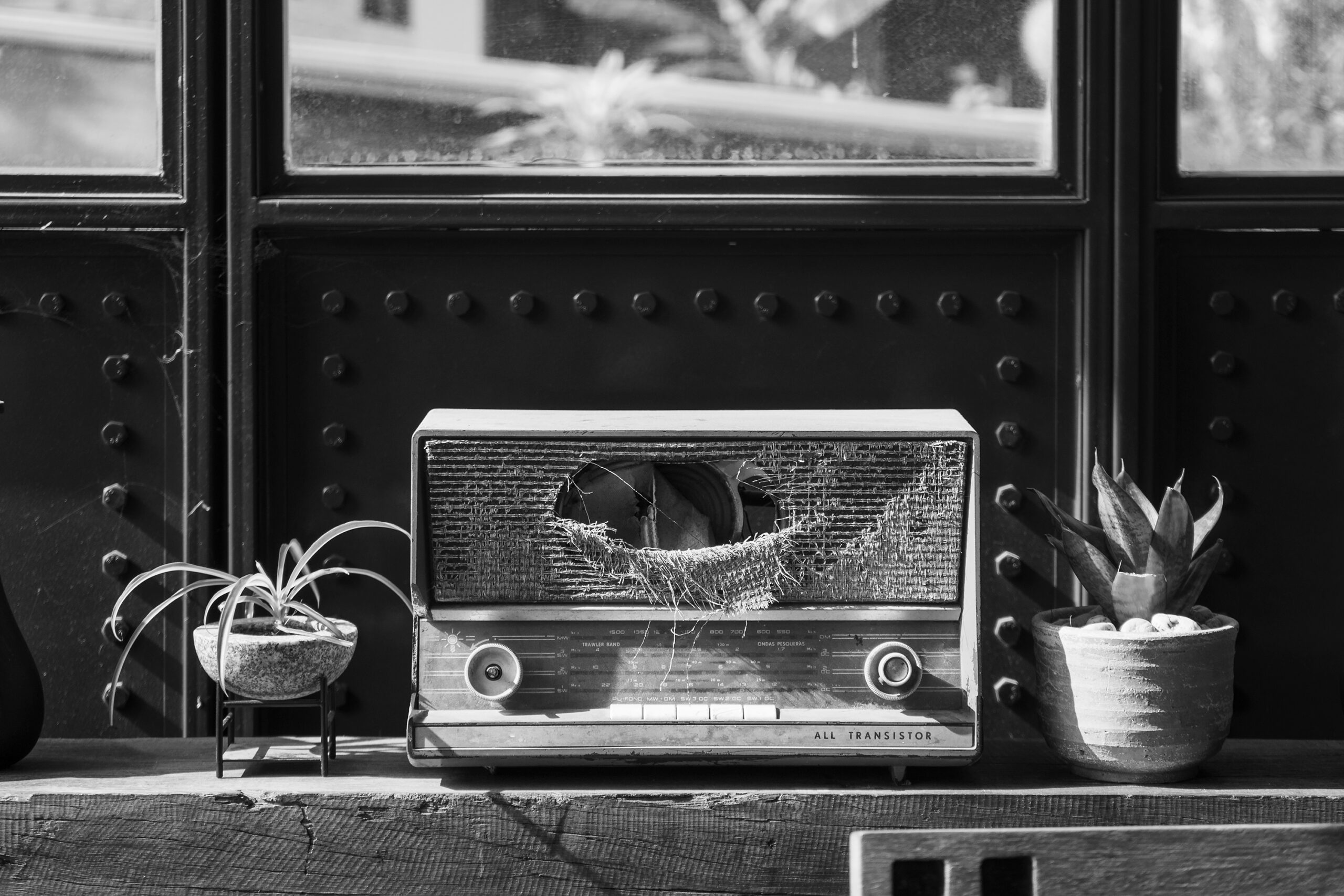
We’re back with “Best of JacoBLOG” for 2023. Today’s blast from the recent past revolves around the issue that strangely dominated many radio trade headlines this year – besides AI. And that’s the fate of AM radio in cars.
Today’s post was written fairly early in the year during a time when certain automakers were testing the waters, while the radio broadcasting industry was scrambling to catch up and get organized. As it turned out, legislation came together, as an ad hoc collection of radio activists – mostly state broadcaster associations from around the U.S., as well as the NAB, mobilized forces. The result was a bill designed to “save AM radio” in cars that is still very much in-play as the year winds down. Obviously, Congress has a lot on its plate as Santa readies his workforce, but there is much sentiment in the right direction.
Is it enough? And will radio get past this challenge only to fight another one down the road, perhaps a threat to FM? As we’ve seen with GM’s decision to scuttle Apple CarPlay in its new EVs, no technology, platform, or medium is safe when the automakers have the right of way. And they almost always do.
Paul and I would end up going to D.C. to emcee a series of panels about AM – including reps from FEMA and myriad other constituents, including black, religious, and farm broadcasters. It was gratifying to watch the industry join forces for a common purpose. For a couple of FM rockers, this was not a situation we thought we’d find ourselves in.
As you’ll read, radio broadcasters will hopefully be better prepared down the road because there will very likely be a “next time.” But it would be helpful if AM radio’s service to communities was more ubiquitous and consistent. This will not be the last blog post I’ll write about the status of AM (or radio) in the car. – FJ
March 2023
I hate to be “that guy.”
After all, radio broadcasters got some much-needed great news yesterday. As the industry’s trades trumpeted, AM/FM radio surpassing broadcast TV among 18-49 year-olds for the first time EVER.
As is appropriate, radio champion Pierre Bouvard (pictured) broke the news after being holed up for days with just Nielsen data and Gatorade. He left his analytics cave to make this announcement:
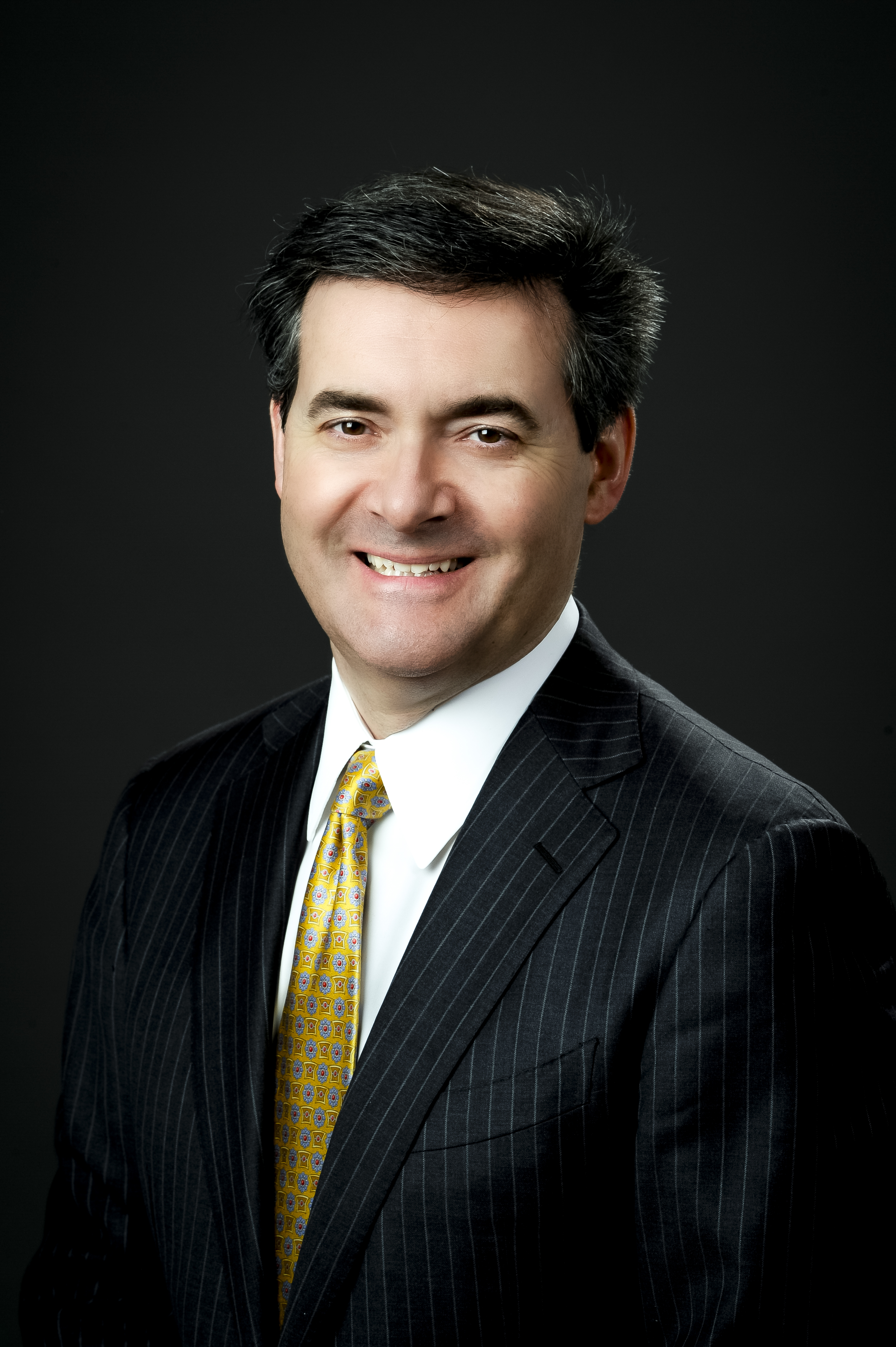
“We are seeing media history being made right before our very eyes.”
Pierre dug deeper to make the point that radio has benefitted from continued weakness in the broadcast TV world:
“This is occurring because of the stiff and steep erosion in 18-49 linear TV reach and time spent. This is being fueled by cord cutting and streaming.”
In Q3 last year, radio reached 83% of 18-49s on a weekly basis. That compares to just 59% for broadcast TV which has obviously cratered.
All in all, it’s pretty amazing news for radio, a medium that hasn’t had much to brag about lately. Unfortunately, it’s going to be a short celebration, so put down your champagne flutes and clean up all the confetti because there’s some bad news.
While the last thing I want to do is be the radio “buzz killer,” new information about AM’s continued disappearance in new cars continues to make new and disturbing headlines.
Of course, the trend away from making AM radio standard in electric vehicles isn’t a new one. EV manufacturers have tried to make the bogus case about interference problems with AM. As the car manufacturers know, this problem has a workaround. The fact is, many simply do not want to include AM in their vehicles any longer, pointing to streaming apps in these vehicles as “the solution.”
Last month, I blogged about this affront, in a post that highlighted the NAB’s efforts, along with Senator Ed Markey‘s (D-MA) attempts to get answers from recalcitrant automakers about their lack of commitment to AM in their cars and trucks.
The response was terse, at best, from the Alliance for Automotive Innovation. In their justification for the removal of AM radios from car dashboards, they provided this explanation:
“The pubic is moving away from radio and broadcast/cable television as the primary channels for news and information.”
Senator Markey’s reaction to these automakers minces no words either:

“Broadcast AM radio is an essential part of our emergency alert infrastructure, but the responses to my letter show that far too many automakers are ignoring the critical safety benefits of AM radio. Although many automakers suggested that other communication tools — such as internet radio — could replace broadcast AM radio, in an emergency, drivers might not have access to the internet and could miss critical safety information. The truth is that broadcast AM radio is irreplaceable. As the auto industry rightfully replaces the internal combustion engine with electric batteries, I will continue to work to ensure that automakers maintain access to broadcast AM radio in all their vehicles.”
He’s got a lot of work to do. Overall, there are 32 pages of comments from the automakers in response to Senator Markey’s request. Dave Arland, executive director of the Indiana Broadcasters Association, read them all.
And below are his key quotes and observations about the various car manufacturers and their respective “takes” on AM radio.
Essentially, the carmakers who have deleted AM radio are telling the Senator that they design “global” platforms and that AM radio is dead elsewhere. Also, the influence of Google’s Android Auto operating system is obvious (no AM radio). There’s also some artful dodging of the Senator’s questions: “…AM radio service…is provided via digital radio platforms (thus ensuring enhanced audio quality)…”
In other words, go find an AM station on their app…not ours.
 Tesla was equally careful, pointing to the TuneIn app as the solution to them eliminating the AM band from their electric vehicles: “Tesla identified TuneIn as an alternative streaming application to provide Tesla owners with access to their preferred local AM radio stations…”
Tesla was equally careful, pointing to the TuneIn app as the solution to them eliminating the AM band from their electric vehicles: “Tesla identified TuneIn as an alternative streaming application to provide Tesla owners with access to their preferred local AM radio stations…”
BMW says find a translator: “BMW offers free digital FM broadcasting through which many radio stations simulcast their AM radio programming…”
Ford admits: “This information is now available through several alternate means…”
Kudos to Chrysler: “To help protect the AM radio band from noise and interference, our company has, for example, used shielded high voltage cables and connectors….”
Cheers for Toyota: “All Toyota and Lexus vehicles currently on sale include AM/FM and HD radio, including Toyota’s fully battery-powered electric vehicle…”
Honda keeps AM, likely because they co-developed their electric car with GM.
Hooray for Hyundai: “AM and FM radio are available in all Hyundai vehicles distributed in the United States. We have no plans to discontinue either of these in future vehicles.”
Now the dominoes are beginning to fall. You may recall Ford’s debut EV version of its world dominating F-150 Lightning actually had an AM radio, thanks to the addition of a whip antenna that solved those “interference problems.”
But for the new 2024 F-150 Lightning, there’s no AM radio in Ford’s top-selling truck. That was clearly a blow to radio broadcasters.
But it got worse last week when Ford announced all new models of its newly designed Mustang will also not be equipped with an AM radio, even as an option.
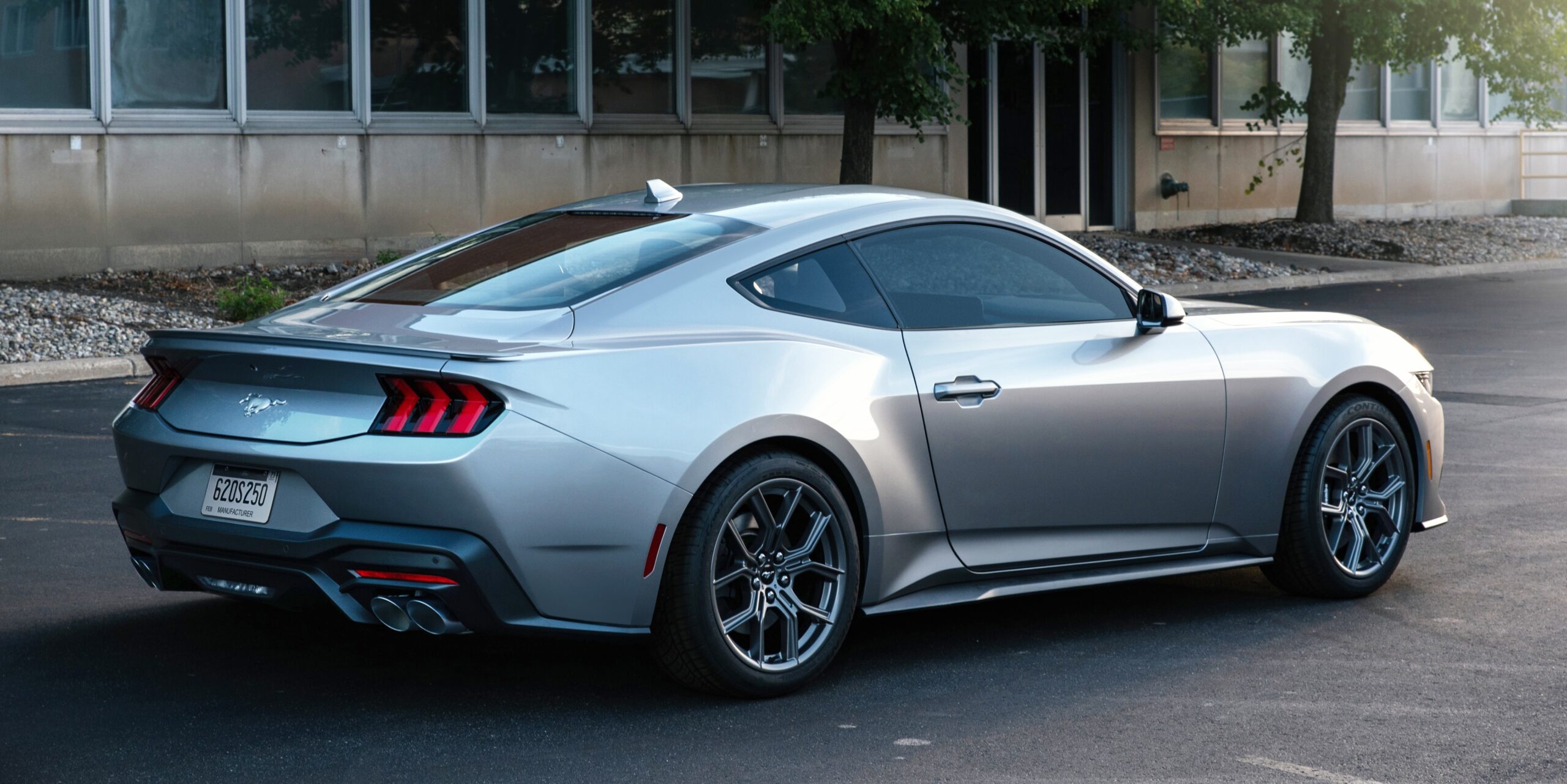
The omission of amplitude modulated radio stations, the most traditional broadcast signals, had a strong ripple effect, not just in the world of radio, but also in automotive circles. Coverage in Ars Technica followed suit with this blaring headline:
“The 2024 Ford Mustang is the next car to lose AM radio”
And it was followed by this sub-headline:
“If you listen to a lot of AM radio, the next Ford Mustang is not the car for you”
But there’s a kicker and its swift and cruel: “EVERY 2024 model Mustang – EV and ICE (internal combustion engine) that rolls off the assembly line in Flat Rock, Michigan will be minus an AM radio.”
Ars Technica checked in with Ford for an explanation and received this:
“A majority of U.S. AM stations, as well as a number of countries and automakers globally, are modernizing radio by offering internet streaming through mobile apps, FM, digital and satellite radio options.”
Paul and I have heard this same logic from automakers at CES in recent years. They reason that if a consumer can listen to WJR, WGN, and KDKA via an app, why bother with an in-dash receiver for these stations?
(Of course, couldn’t that same argument be made for FM radio!?)
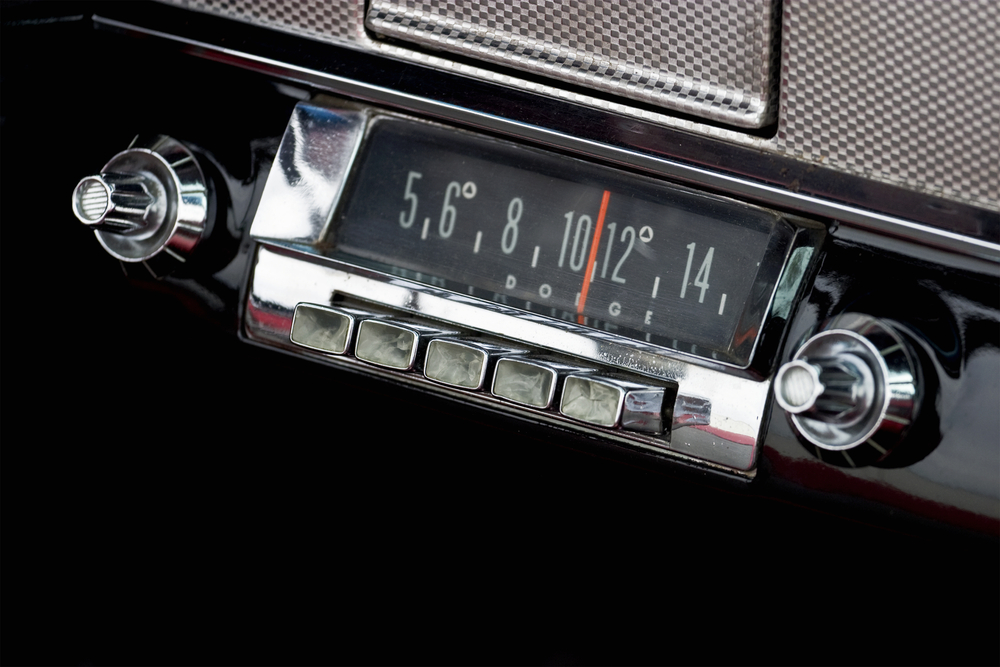 To a lot of news outlets, that was the story. But Ars Technica dug up one more key fact everyone else seemed to miss. And it’s a game changer for AM radio if it turns out to be true.
To a lot of news outlets, that was the story. But Ars Technica dug up one more key fact everyone else seemed to miss. And it’s a game changer for AM radio if it turns out to be true.
Again, the statement from a Ford spokesperson:
“Ford will continue to offer these alternatives for customers to hear their favorite AM radio music, news and podcasts as we remove amplitude modulation—the definition of AM in this case—from most new and updated models we bring to market.”
The italics are mine but the words are straight outta Dearborn. It sure looks like Ford is living up to its slogan and has “gone further.”
When an all-American carmaker like Ford jettisons AM radio in “most” of its upcoming cars and trucks, what message does that send to car buyers, dealerships, advertisers, drivers, and passengers about the value of radio in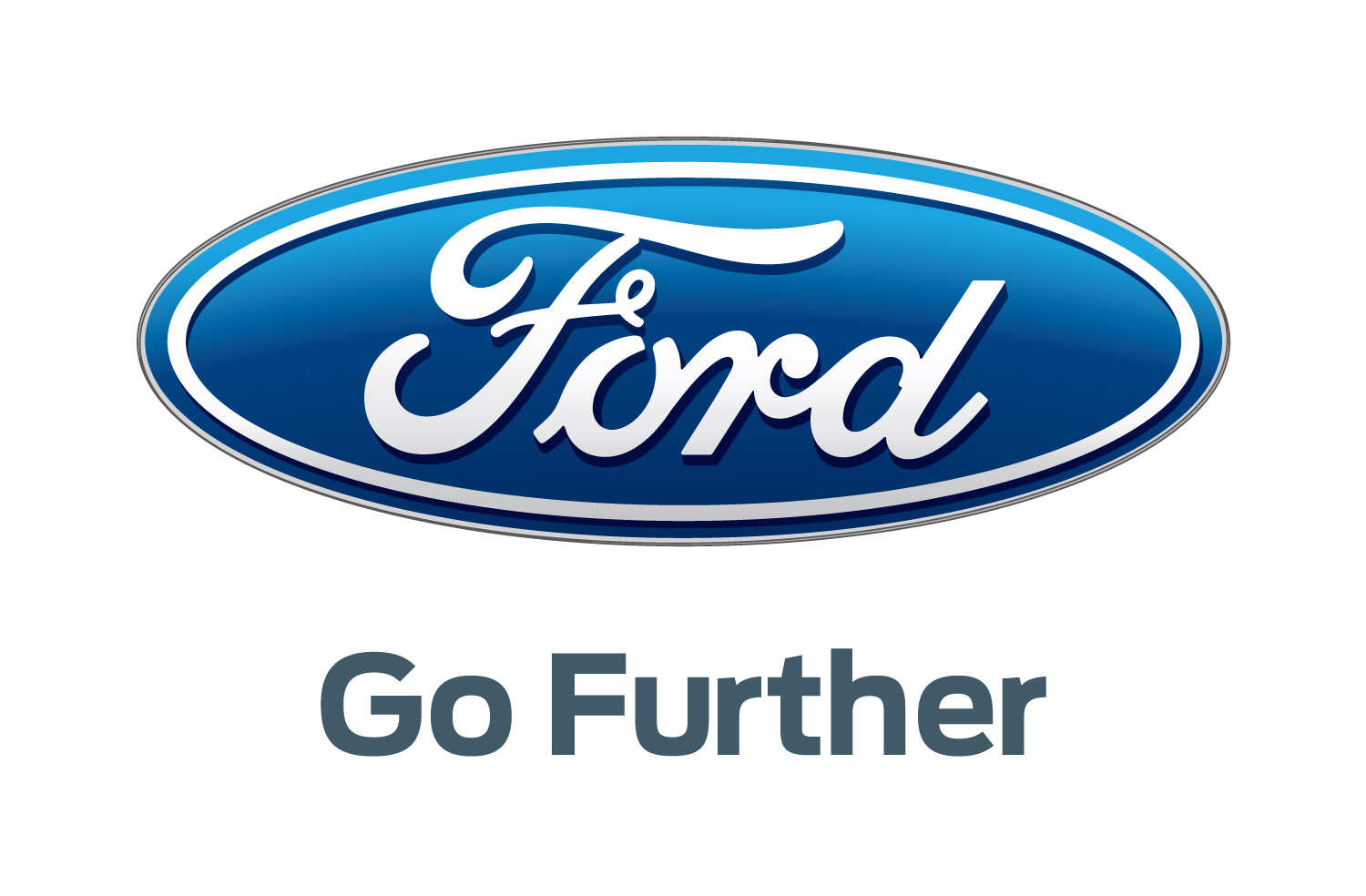 2023?
2023?
But what about other car manufacturers? Will they ask, “If Ford can eliminate AM, why shouldn’t we?
Most everybody missed this story, except of course, for Ars Technica and Radio World. Kudos to both publishers.
Disrespect for AM radio isn’t just coming from automakers. Even radio listeners have been souring on the need for an AM tuner in their next car.
Each year in Techsurvey, we ask those in the market for a new car at some point during the calendar year (or those who had already purchased or leased one in that year) to provide us with feedback on the value of various entertainment and tech features.
The updated “pecking order” for the new car wish list is on the chart below.
Using just the “very important” scores, we learned in this year’s Techsurvey 2023 that fewer than one in three (32%) new car purchasers now believe an AM radio is essential in the dashboard – an all-time low. Going back six years to when we first separated AM and FM in this question, the former earned a “very important” rating of 37%.
FM radio is in a much stronger position, but it, too, is off from its highs. In our new study, just over seven in ten (71%) new car buyers say having an FM tuner is “very important.” But for the last two years, Bluetooth now ranks higher than FM. And compared to 2018, FM has dropped 9 percentage points. Yes, there’s a trend.
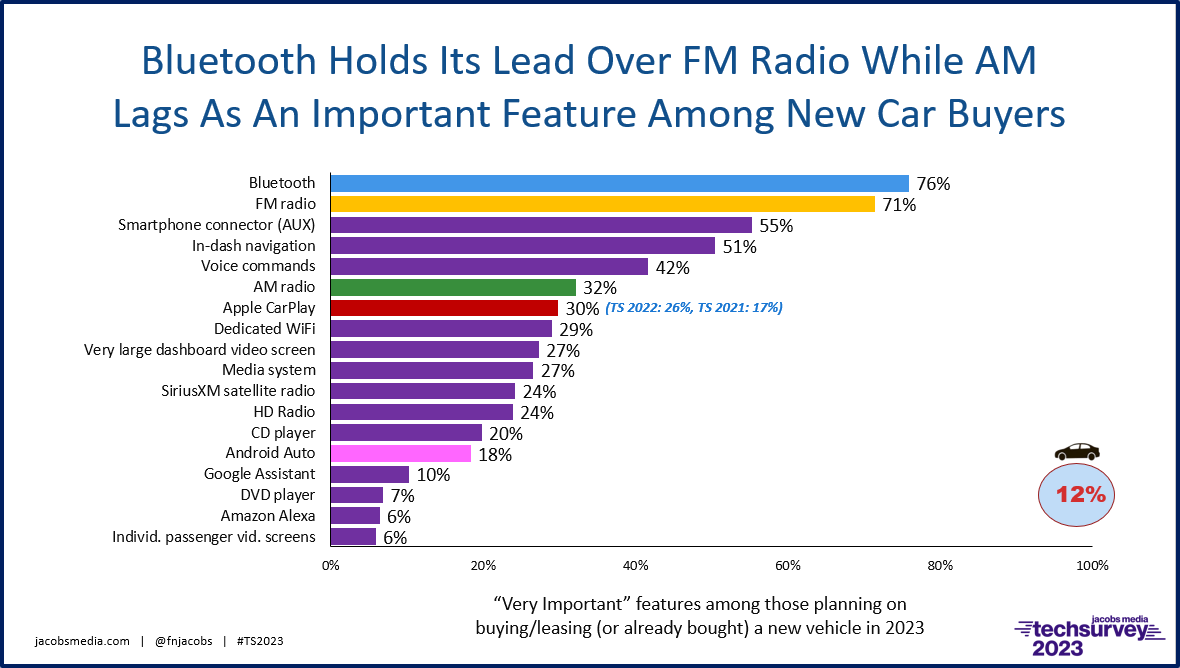
Do I have to remind you the vast majority of Techsurvey respondents are core radio listeners? Most, in fact, are members of station databases.
So when it comes to dashboard equipment, we’re not seeing a ringing endorsement for AM radio from radio’s staunches and most loyal fans. And in the meantime, FM radio’s brand strength has weakened over time.
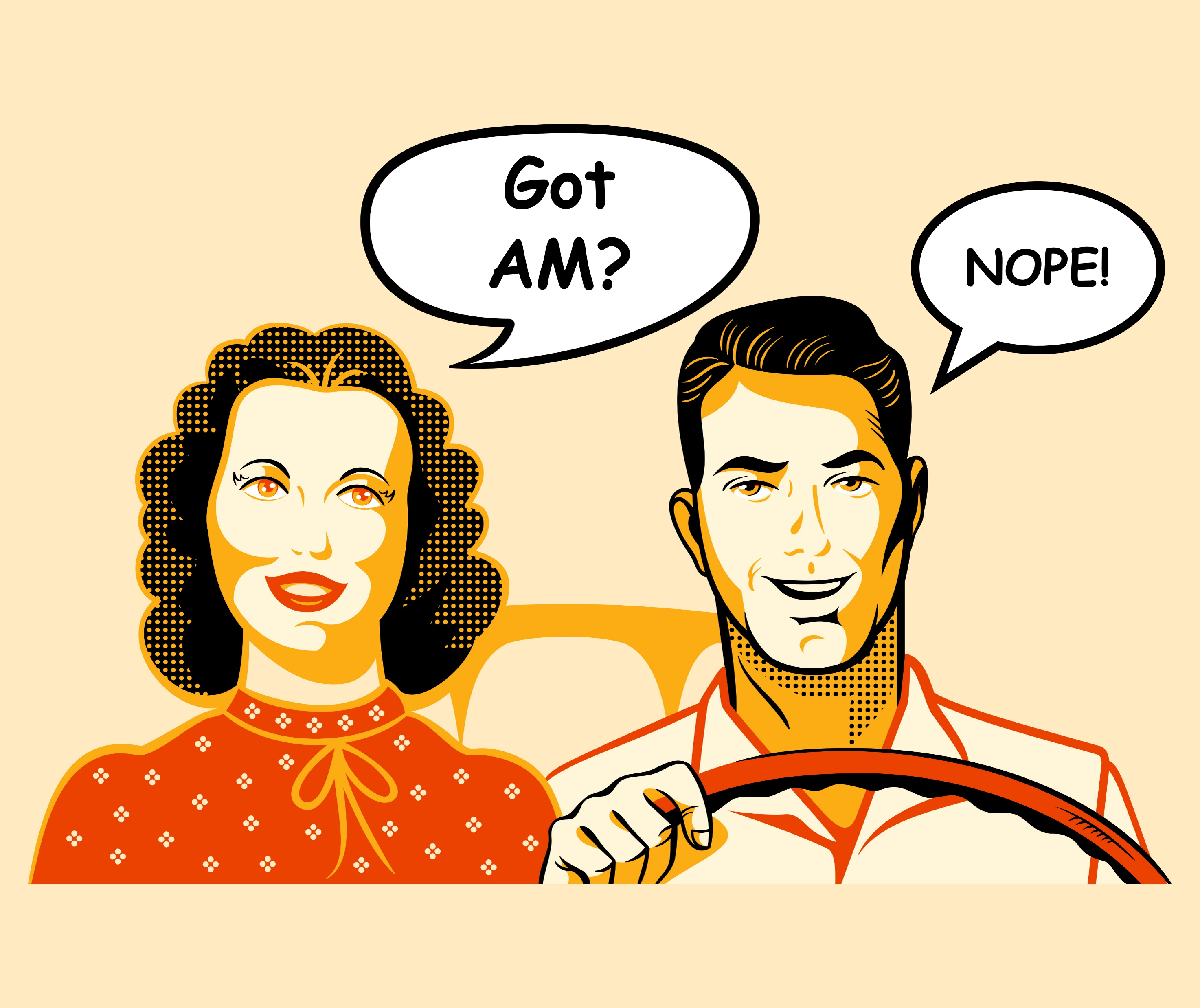 So, what to do?
So, what to do?
First, the NAB and Senator Markey are on it. Each understands the gravity of the moment, and what’s at stake for both American citizens and radio broadcasters.
Second, my strong advice to AM broadcasters is develop a strong, simple app for your station or make sure your current one is updated and providing a seamless streaming experience on smartphones and tablets as well as on Apple CarPlay and Android Auto.
And you would do well to keep the demographics of AM radio listening front and center in your strategic process. Across the board, they tend to be older. And the data suggests they may be less tech-savvy than others. If your AM station is on an aggregated app containing hundreds and hundreds of other choices, consider a dedicated app so consumers can easily find your station and its streaming audio without having to jump through too many hoops.
Finally, if you believe the only thing holding back your station is its “AM-ness,” look for an FM signal in your market you can move it to. Even the best AM stations will be challenged in the coming years by more of this abandonment. Getting into a safe space on the FM band just makes good sense.
I wish I had better news and better advice.
But many of the “chickens” that have been allowed to run free all these years – paid programming on weekends, a lack of local programming or hometown premise, a plethora of conservative talk with few good options, out of control commercial loads and per inquiry ads – are coming home to roost.
options, out of control commercial loads and per inquiry ads – are coming home to roost.
Maybe tomorrow will be a better day for radio broadcasters. But for now, even the yank of the industry’s top trade association as well as a U.S. Senator doesn’t seem to be enough to convince automakers to pump those brakes.
I’m sure Larry Lujack, Wolfman Jack, Paul Harvey, and J.P. McCarthy would have had a lot to say about this situation. But those are long-gone voices from AM radio’s past that will never be heard again in real time.
On today’s AM band, those live and local voices have been mostly silenced, save for the hardy all-news and news talkers that are still loudly and mostly proudly providing content. Sadly, they have become too few and far between.
Wish I had better news.
Postscript: Ford reversed its decision and stated AM radio will, in fact, be included in its 2024 models. After 2024, nothing was specified. So, a stay of execution for AM or a permanent solution? We’ll have to see. – FJ
- How AI Can Give Radio Personalities More…PERSONALITY - April 23, 2025
- Can Radio Afford To Miss The Short Videos Boat? - April 22, 2025
- Media And Technology In 2025: Believe It Or Not! - April 18, 2025





Young demo doesn’t even know AM exists. And there’s nothing on the dial they would want, maybe sports. There is no programming for them.
Bingo. Not much for older demos either. It’s only gotten worse over the past 12 months.
I seem to recall that FEMA has publicly stated that most of the country could covered with less than 100 AM stations. Currently, our country is saturated with thousands of flea powered stations broadcasting endless commercials and much ado about nothing. Original programming and local air personalities are gone. When you tune across the dial and find Glenn Beck and AM Coast to Coast on dozens of stations, it’s time to turn it off and walk away.